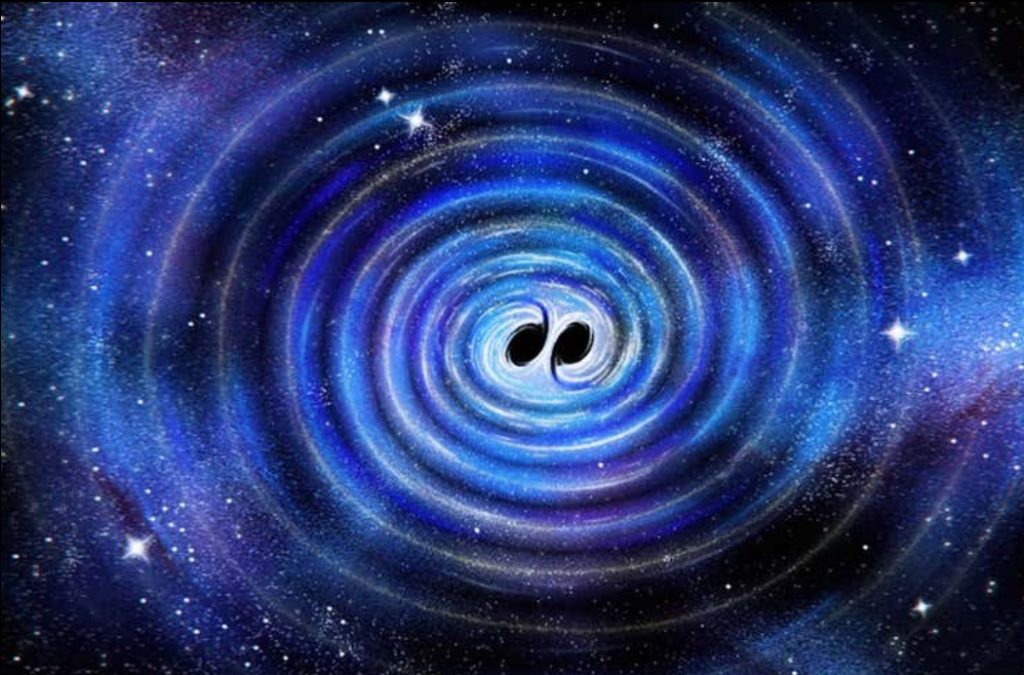
A half-century after Stephen Hawking proposed his black hole area theorem, physicists have finally confirmed it—thanks to a remarkably loud cosmic collision and the precision of modern gravitational wave detectors.
A Theorem from 1971, Proven in 2025
In 1971, Hawking theorized that when two black holes merge, the surface area of the resulting event horizon—the boundary beyond which nothing escapes—must be equal to or greater than the sum of the original black holes’ horizons. This idea mirrors the second law of thermodynamics: entropy never decreases.
Now, using data from a powerful black hole collision named GW250114, scientists have verified Hawking’s prediction with extraordinary confidence—99.999%. The event, which occurred 1.3 billion light-years away, was twice as loud as any previously recorded gravitational wave signal.
The Global Effort Behind the Discovery
The detection was made by the Laser Interferometer Gravitational-Wave Observatory (LIGO) in the United States, part of the international LIGO-Virgo-KAGRA (LVK) collaboration. Although only LIGO was operational when the waves reached Earth, its upgraded sensitivity—three times greater than in 2015—enabled researchers to capture the collision’s overtones in unprecedented detail.
These overtones, like the ringing of a bell, allowed scientists to calculate the event horizon’s area before and after the merger—something previously impossible due to rapid signal dissipation.
Why This Matters
“This is where we start probing the fundamental physics,” says Laura Nuttall of the University of Portsmouth, a member of the LVK team. “The louder the signal, the smaller the uncertainties—and the more we can learn.”
The confirmation of Hawking’s theorem also reinforces the predictions of Roy Kerr, whose 1960s equations showed that black holes are defined solely by their mass and spin. GW250114’s data confirms that two black holes with identical mass and spin are mathematically indistinguishable.
What Comes Next?
The implications extend far beyond black hole physics. As gravitational wave observatories become more sensitive, researchers hope to uncover discrepancies between general relativity and quantum mechanics—a step toward solving one of physics’ greatest challenges: unifying the two frameworks into a theory of quantum gravity.
“We’re just waiting for nature to keep giving us those beautiful things,” says Nuttall. “At some point, we may start to see that things stop playing nicely.”
Looking Ahead
With further upgrades to LIGO and new observatories planned for the coming years, scientists anticipate more high-fidelity signals like GW250114. As Ian Harry, also at the University of Portsmouth, notes: “We may not get all of them, but we will get an event like this again. Maybe in 2028, we’ll see something even louder—and maybe then we’ll be able to poke holes in our current understanding.”